Home>Maintenance & Safety>Child & Elderly Safety at Home>How To Get A Toddler Off A Sippy Cup At Night
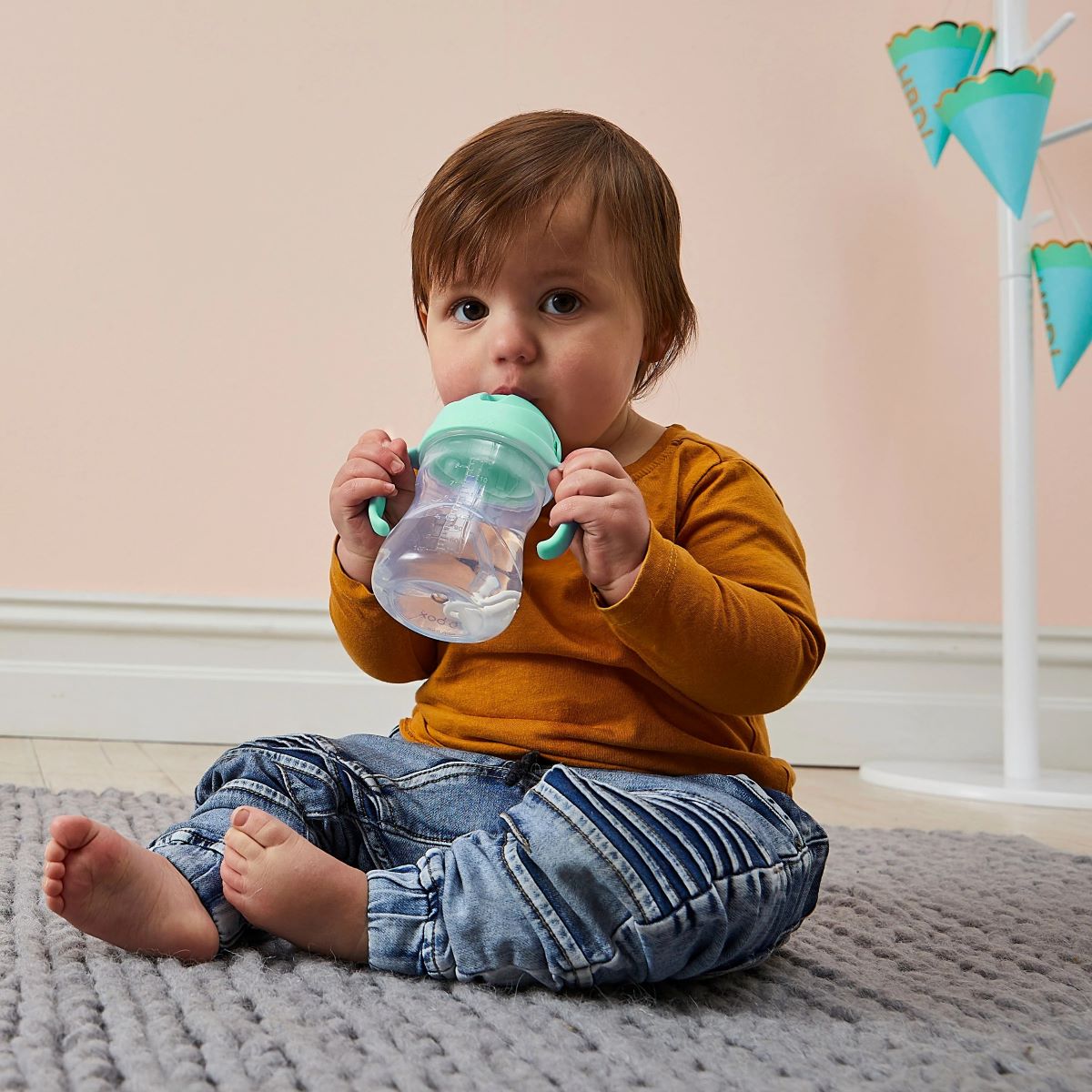

Child & Elderly Safety at Home
How To Get A Toddler Off A Sippy Cup At Night
Modified: August 17, 2024
Discover effective strategies for transitioning your toddler off a sippy cup at night. Ensure child and elderly safety at home with expert tips and advice.
(Many of the links in this article redirect to a specific reviewed product. Your purchase of these products through affiliate links helps to generate commission for Storables.com, at no extra cost. Learn more)
Introduction
Transitioning a toddler off a sippy cup at night can be a challenging yet essential milestone in their development. As parents, we strive to provide a safe and nurturing environment for our little ones, and this includes promoting healthy sleep habits. While the sippy cup may have been a comforting companion during bedtime, it's important to recognize when it's time to encourage independent sleep without relying on the cup.
This transition signifies a significant step towards fostering self-soothing skills and promoting overall oral health. By gradually phasing out the sippy cup at night, we can help our toddlers learn to fall asleep without the need for external aids. This process not only supports their physical well-being but also empowers them to develop a sense of autonomy and self-regulation.
In this article, we will explore the importance of transitioning off a sippy cup at night and provide practical tips for creating a bedtime routine that doesn't involve the cup. Additionally, we'll discuss strategies for gradually reducing sippy cup usage at night and offer guidance on handling resistance and setbacks that may arise during this transition. By understanding the significance of this milestone and implementing gentle yet effective approaches, we can support our toddlers in embracing restful and independent sleep patterns.
Key Takeaways:
- Gradually phasing out the sippy cup at night helps toddlers learn to fall asleep independently, promoting healthy sleep habits and nurturing their sense of autonomy and self-regulation.
- Creating a comforting bedtime routine without the sippy cup, and gently reducing its usage, supports toddlers in embracing independent sleep with confidence and security.
Read more: What Is A Sippy Cup?
Understanding the importance of transitioning off a sippy cup at night
Transitioning a toddler off a sippy cup at night holds significant importance in their overall well-being and development. While the sippy cup may have served as a source of comfort and reassurance during bedtime, prolonged usage can have implications for both oral health and sleep habits. Understanding the rationale behind this transition can empower parents to make informed decisions and support their child's growth.
Promoting Oral Health
Prolonged or frequent exposure to sugary liquids, such as milk or juice, through a sippy cup during the night can increase the risk of dental issues, including tooth decay. The constant presence of these liquids in the mouth creates an environment conducive to bacterial growth, potentially leading to cavities and other oral health concerns. Transitioning off the sippy cup at night helps mitigate this risk, promoting better oral hygiene and reducing the likelihood of dental problems.
Encouraging Self-Soothing Skills
Dependence on the sippy cup as a sleep aid can hinder a toddler's ability to self-soothe and fall asleep independently. By gradually phasing out the cup, parents can encourage their child to develop self-regulation and coping mechanisms for settling down at bedtime. This fosters a sense of autonomy and resilience, empowering the child to manage their emotions and comfort themselves without relying on external props.
Establishing Healthy Sleep Patterns
Transitioning off the sippy cup at night plays a pivotal role in establishing healthy sleep patterns for toddlers. By learning to fall asleep without the aid of the cup, children can develop sustainable and restful sleep habits. This transition supports the cultivation of independent sleep skills, contributing to overall well-being and promoting a sense of security and confidence during bedtime.
Read more: How Old For A Sippy Cup?
Nurturing Independence
As toddlers grow and mature, it's essential to provide opportunities for them to embrace independence and self-sufficiency. Transitioning off the sippy cup at night signifies a developmental milestone where children can learn to manage their bedtime routine without external dependencies. This process nurtures a sense of empowerment and self-reliance, laying the foundation for future autonomy and decision-making.
By recognizing the significance of transitioning off a sippy cup at night, parents can prioritize their child's oral health, emotional development, and sleep quality. This understanding paves the way for implementing gentle and effective strategies to support the transition and promote holistic well-being for their little ones.
Creating a bedtime routine without the sippy cup
Transitioning a toddler off a sippy cup at night involves creating a bedtime routine that fosters comfort, security, and relaxation without the reliance on the cup. Establishing a soothing and consistent routine can help ease the transition and promote independent sleep habits. Here are practical steps to create a bedtime routine without the sippy cup:
1. Wind Down Activities
Incorporate calming activities into the bedtime routine to signal to your toddler that it's time to unwind and prepare for sleep. This can include reading a bedtime story, gentle cuddling, or listening to soft music. Engaging in these activities helps create a tranquil atmosphere and encourages relaxation without the need for the sippy cup.
2. Comforting Bedtime Rituals
Introduce comforting rituals that provide a sense of security and reassurance for your toddler. This could involve a special blanket or stuffed animal that they can cuddle with, creating a comforting association that replaces the reliance on the sippy cup. Consistency in these rituals can help your child feel safe and comforted as they transition away from the cup.
Read more: How To Use A Nuby Sippy Cup
3. Dim the Lights
As bedtime approaches, dimming the lights in the bedroom can signal to your toddler that it's time to settle down for the night. Dim lighting helps create a calming environment, promoting relaxation and signaling the body to prepare for sleep. This gentle transition can aid in the process of falling asleep without the need for the sippy cup.
4. Encourage Self-Soothing Techniques
Empower your toddler to develop self-soothing techniques by providing gentle guidance and support. This can include teaching them deep breathing exercises or offering gentle back rubs to help them relax. Encouraging these techniques can help your child feel capable and confident in managing their emotions and settling down for bedtime without the sippy cup.
5. Consistency is Key
Consistency is crucial in establishing a bedtime routine without the sippy cup. By maintaining a consistent schedule and approach, your toddler can gradually adapt to the new routine and feel secure in the transition. Consistent bedtime rituals and practices create a sense of predictability, which can be comforting for young children as they adjust to the change.
By incorporating these elements into a bedtime routine, parents can create a nurturing and supportive environment that promotes independent sleep without the reliance on a sippy cup. This approach not only facilitates the transition but also fosters a sense of security and comfort for toddlers as they embrace this developmental milestone.
Tips for gradually reducing sippy cup usage at night
Transitioning a toddler off a sippy cup at night requires a gradual and gentle approach to minimize resistance and promote a smooth adjustment. By implementing strategic steps, parents can effectively reduce sippy cup usage at night while supporting their child's comfort and well-being. Here are practical tips for gradually reducing sippy cup usage at night:
1. Dilute the Contents
Gradually diluting the liquid in the sippy cup with water over time can help reduce the dependency on flavored or sweetened drinks during the night. Start by mixing a small amount of water with the usual beverage and gradually increase the water-to-liquid ratio. This gradual dilution can help shift the toddler's preference towards water and lessen the association between the sippy cup and sugary drinks.
2. Limit Sippy Cup Access
Establish specific times for sippy cup usage during the night and gradually reduce the frequency. For instance, if the toddler typically relies on the cup multiple times throughout the night, gradually limit it to one designated instance. Over time, aim to further reduce and eventually eliminate the need for the sippy cup during bedtime. This gradual limitation can help the child adjust to less frequent cup usage without feeling deprived.
3. Offer Comforting Alternatives
Introduce alternative comforting measures to replace the sippy cup, such as a small sip of water from a regular cup or a quick cuddle with a favorite stuffed animal. Providing these alternatives can help address any emotional attachment to the sippy cup while offering reassurance and comfort during the transition. Encouraging the use of a regular cup can also promote the development of proper drinking skills.
4. Implement Positive Reinforcement
Praise and encourage the toddler when they display readiness to sleep without the sippy cup. Positive reinforcement, such as verbal praise or a small reward, can motivate the child to embrace the transition and feel proud of their progress. Acknowledging their efforts and achievements can instill confidence and a sense of accomplishment, reinforcing the positive behavior of sleeping without the sippy cup.
Read more: When To Start Straw Sippy Cup
5. Gradual Phase-Out
As the toddler becomes more accustomed to sleeping without the sippy cup, gradually phase out its presence from the bedtime routine. This can involve initially offering the cup without any liquid, eventually transitioning to a comforting alternative, and ultimately removing the cup from the routine altogether. This gradual phase-out allows the child to adapt to the change at their own pace, minimizing resistance and promoting a smooth transition.
By incorporating these tips into the process of reducing sippy cup usage at night, parents can effectively support their toddler in embracing independent sleep habits while nurturing a sense of security and comfort during bedtime. This gradual approach prioritizes the child's emotional well-being and facilitates a successful transition away from the reliance on a sippy cup.
Dealing with resistance and setbacks
Transitioning a toddler off a sippy cup at night may encounter resistance and setbacks, which are natural aspects of this developmental process. It's essential for parents to approach these challenges with patience, empathy, and a proactive mindset. By acknowledging and addressing resistance and setbacks, parents can navigate the transition effectively while supporting their child's emotional well-being.
Acknowledge and Validate Emotions
When faced with resistance from the toddler regarding the removal of the sippy cup at night, it's crucial to acknowledge and validate their emotions. Children may express frustration, anxiety, or discomfort during this change, and it's important for parents to empathize with their feelings. By acknowledging their emotions and offering reassurance, parents can create a supportive environment that fosters trust and understanding.
Gentle Encouragement and Reassurance
Gentle encouragement and reassurance play a pivotal role in helping toddlers navigate setbacks during the transition. Parents can offer verbal reassurance, physical comfort, and gentle guidance to help their child feel secure and supported. Reassuring words and gestures can provide the child with the confidence and comfort they need to adapt to the changes in their bedtime routine.
Read more: How Does A Munchkin Sippy Cup Work?
Flexibility and Adaptability
Flexibility and adaptability are key attributes when addressing resistance and setbacks during the transition away from the sippy cup at night. Parents should be prepared to adjust their approach based on their child's responses and needs. This may involve temporarily reverting to previous steps in the transition process or modifying the bedtime routine to accommodate the child's comfort level. Flexibility allows parents to respond to setbacks with understanding and patience.
Consistent and Calm Approach
Maintaining a consistent and calm approach is essential when dealing with resistance and setbacks. Consistency provides a sense of predictability for the child, while a calm demeanor from the parents can help diffuse tension and anxiety. By approaching challenges with a steady and composed attitude, parents can create a reassuring atmosphere that promotes a smoother transition.
Seek Support and Guidance
In instances where resistance and setbacks persist, seeking support and guidance from pediatricians or child development specialists can offer valuable insights and strategies. Professional guidance can provide parents with tailored approaches to address specific challenges and ensure the well-being of their child throughout the transition process.
By addressing resistance and setbacks with empathy, patience, and proactive strategies, parents can navigate the transition away from the sippy cup at night while prioritizing their child's emotional needs. This approach fosters a supportive and nurturing environment, enabling toddlers to embrace independent sleep habits with confidence and security.
Conclusion
Transitioning a toddler off a sippy cup at night is a significant milestone that encompasses both practical and emotional aspects of a child's development. By recognizing the importance of this transition, parents can prioritize their child's oral health, emotional well-being, and sleep habits. Creating a bedtime routine without the sippy cup involves nurturing a comforting and consistent environment that promotes independent sleep without reliance on external aids.
The gradual reduction of sippy cup usage at night requires patience, understanding, and strategic approaches to minimize resistance and support the child's comfort. Acknowledging and addressing setbacks and resistance with empathy and flexibility is crucial in guiding the child through this transition while fostering a sense of security and trust.
Ultimately, the transition away from the sippy cup at night is a journey that empowers toddlers to develop self-soothing skills, establish healthy sleep patterns, and nurture a sense of independence. By implementing gentle and effective strategies, parents can support their child's growth and well-being while fostering a positive and nurturing bedtime environment.
As parents navigate this transition, it's important to remember that each child's journey is unique, and the process may unfold at varying paces. Embracing flexibility, patience, and a supportive mindset can facilitate a smoother transition and empower toddlers to embrace independent sleep habits with confidence and comfort.
In conclusion, transitioning a toddler off a sippy cup at night is a multifaceted endeavor that encompasses physical, emotional, and developmental aspects. By prioritizing the child's well-being and implementing gentle yet effective strategies, parents can guide their little ones towards restful and independent sleep, fostering a sense of security, comfort, and autonomy as they embark on this important developmental milestone.
Frequently Asked Questions about How To Get A Toddler Off A Sippy Cup At Night
Was this page helpful?
At Storables.com, we guarantee accurate and reliable information. Our content, validated by Expert Board Contributors, is crafted following stringent Editorial Policies. We're committed to providing you with well-researched, expert-backed insights for all your informational needs.

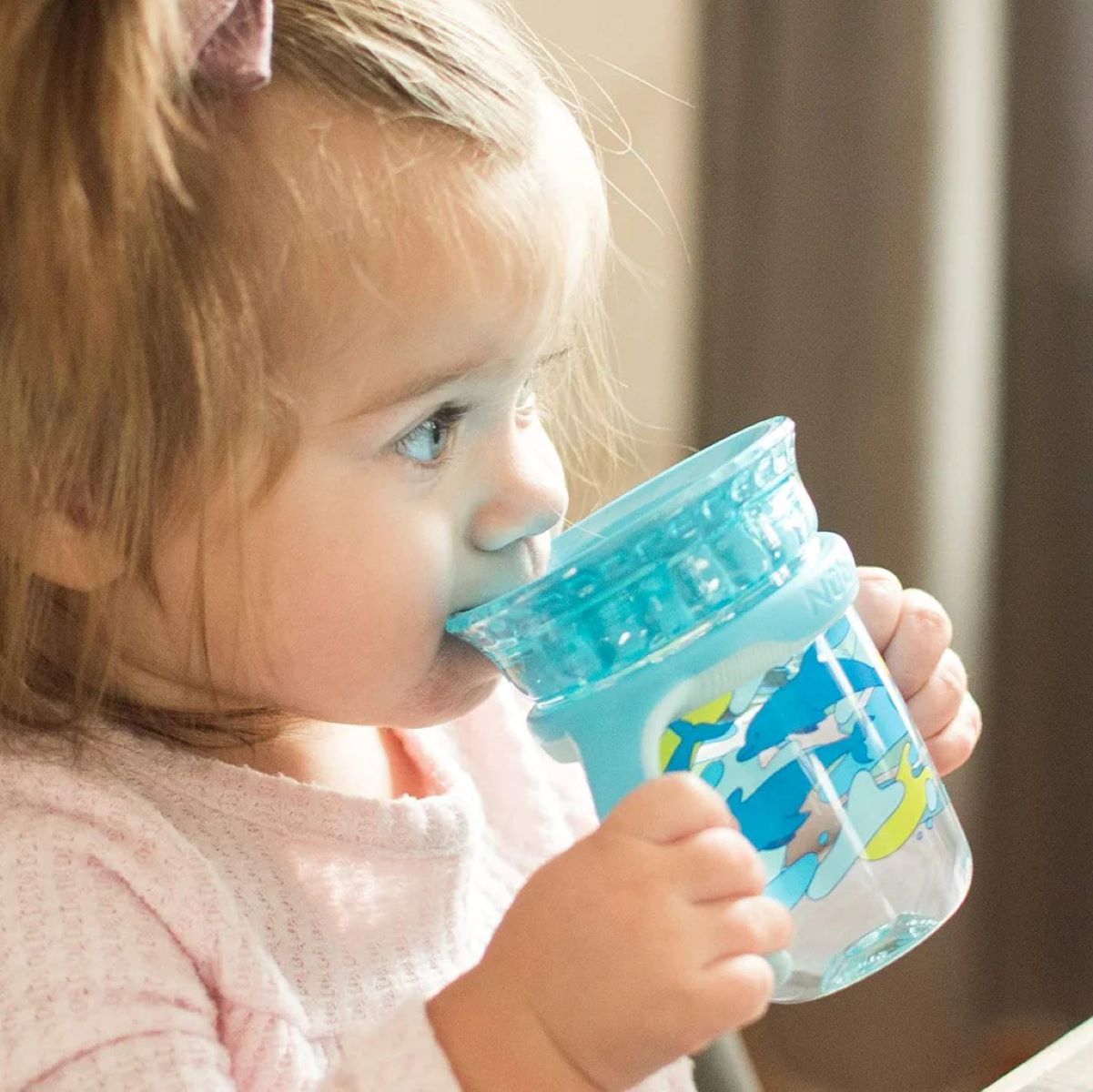
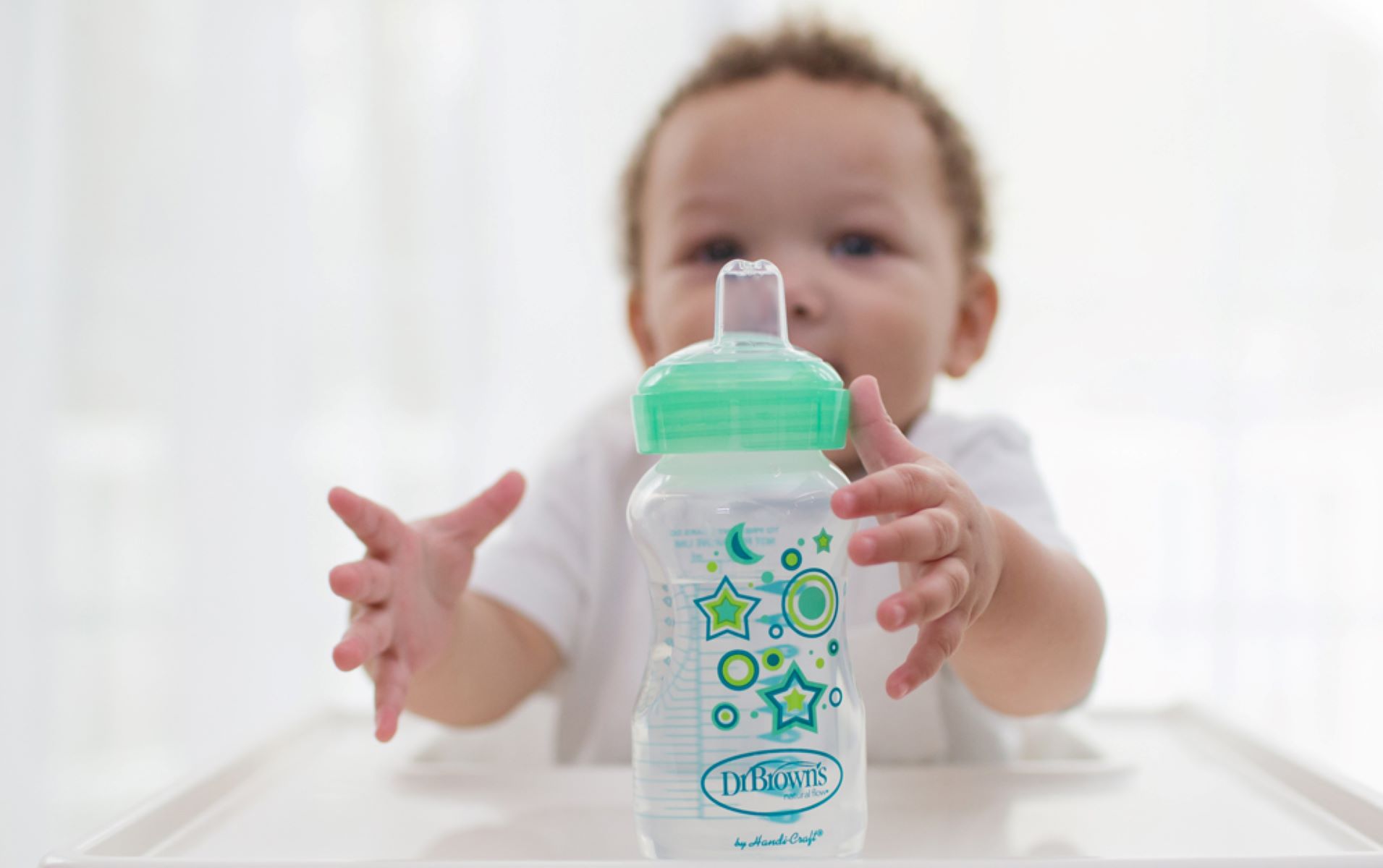
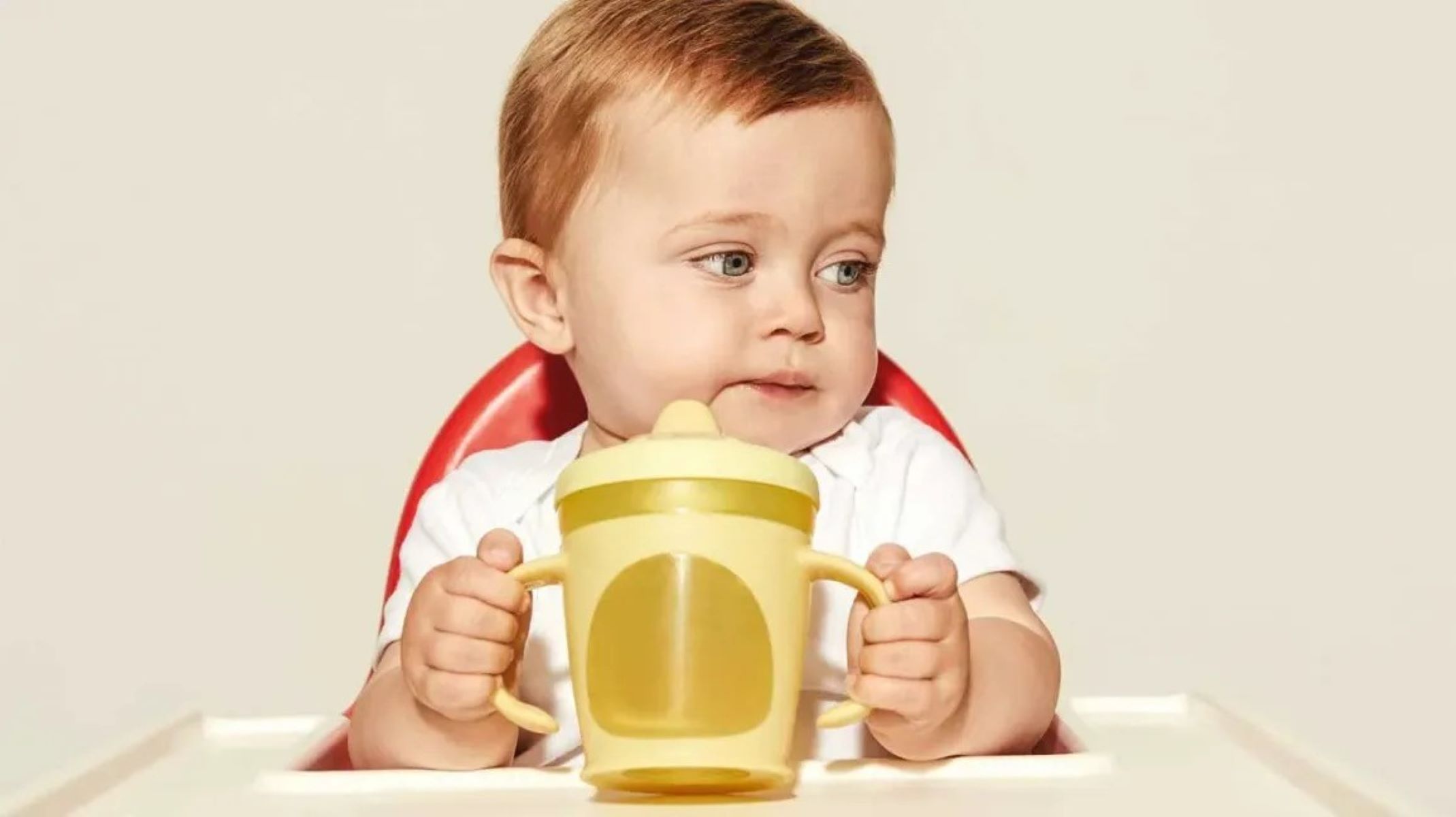
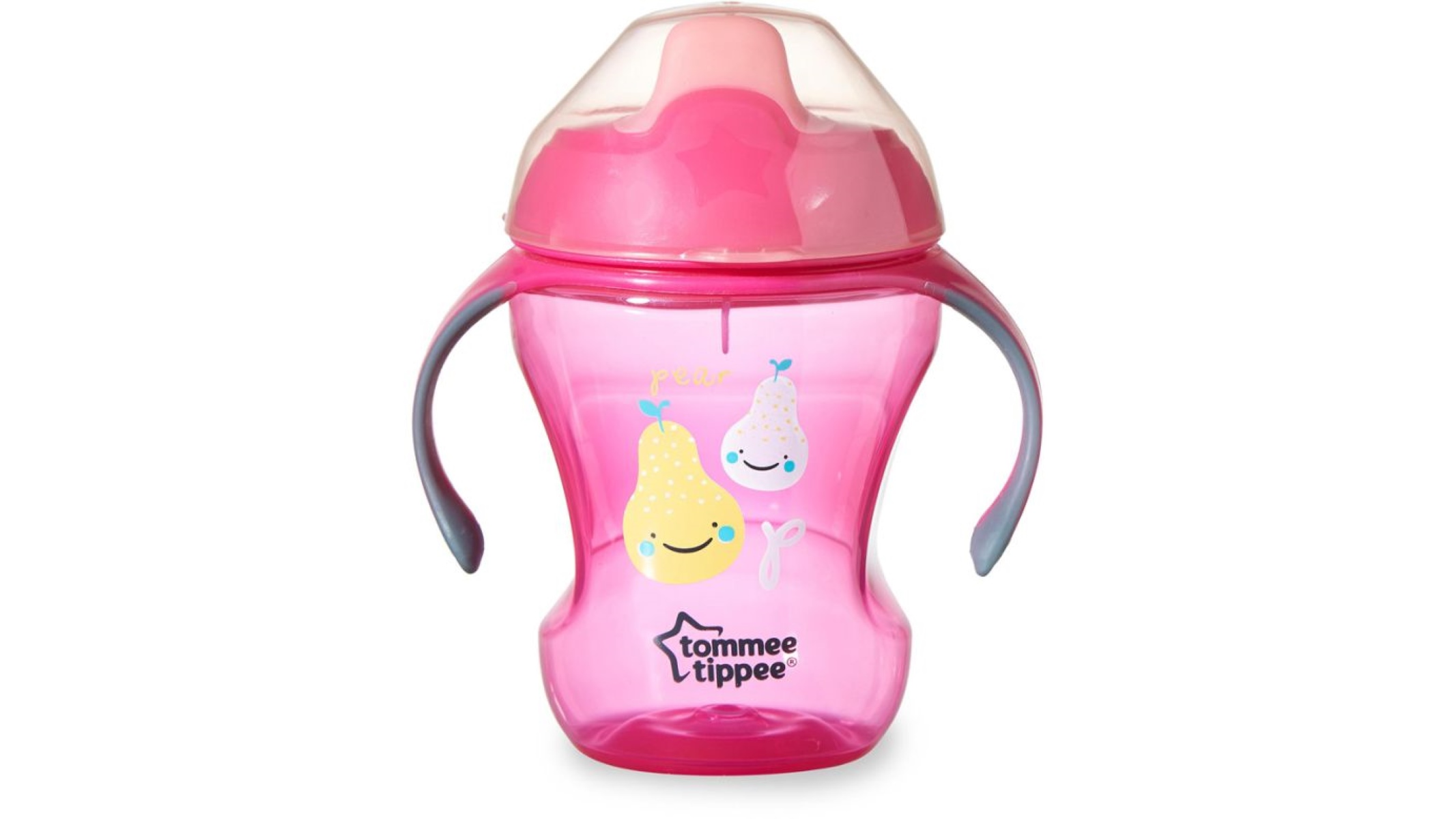
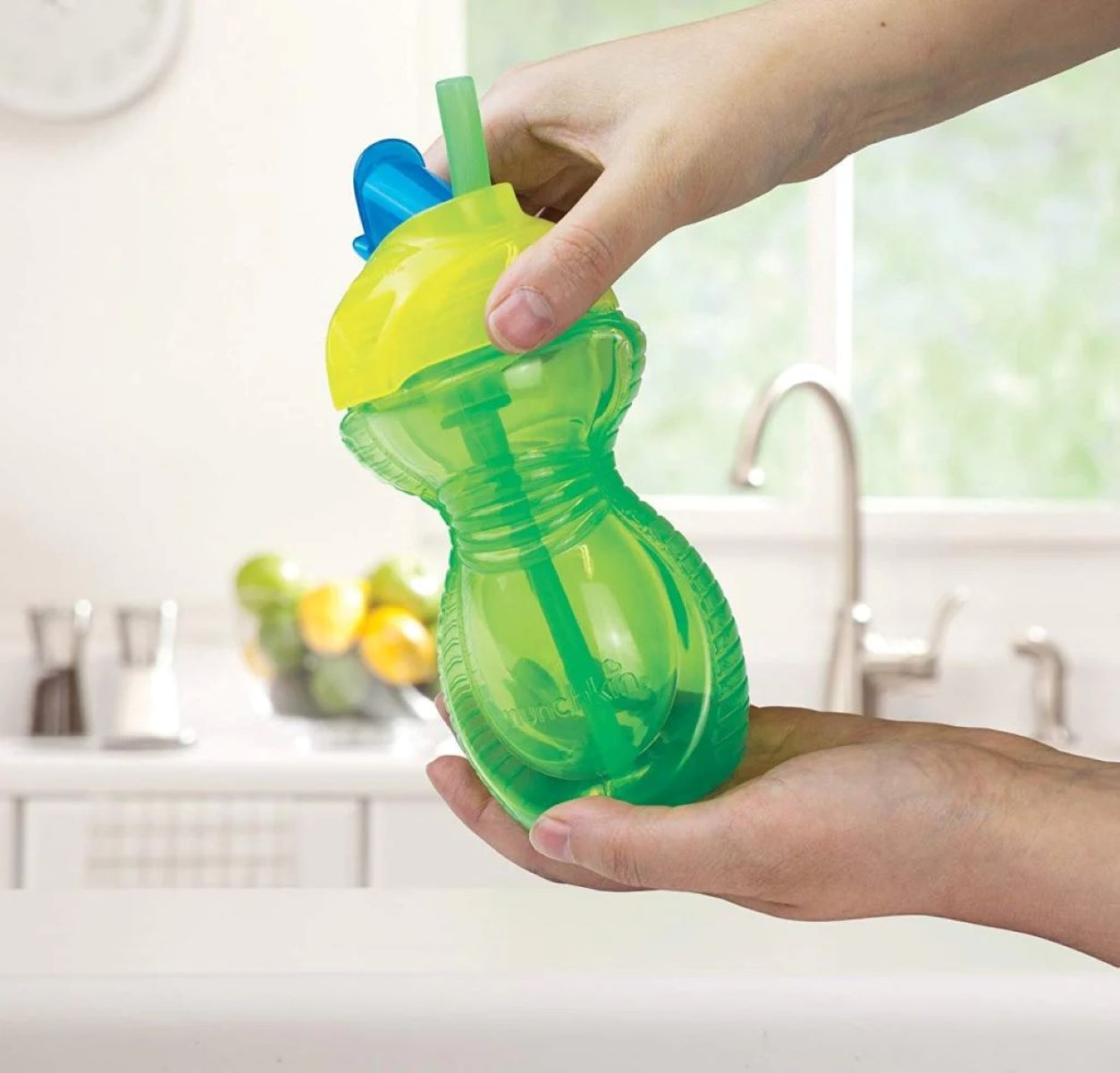
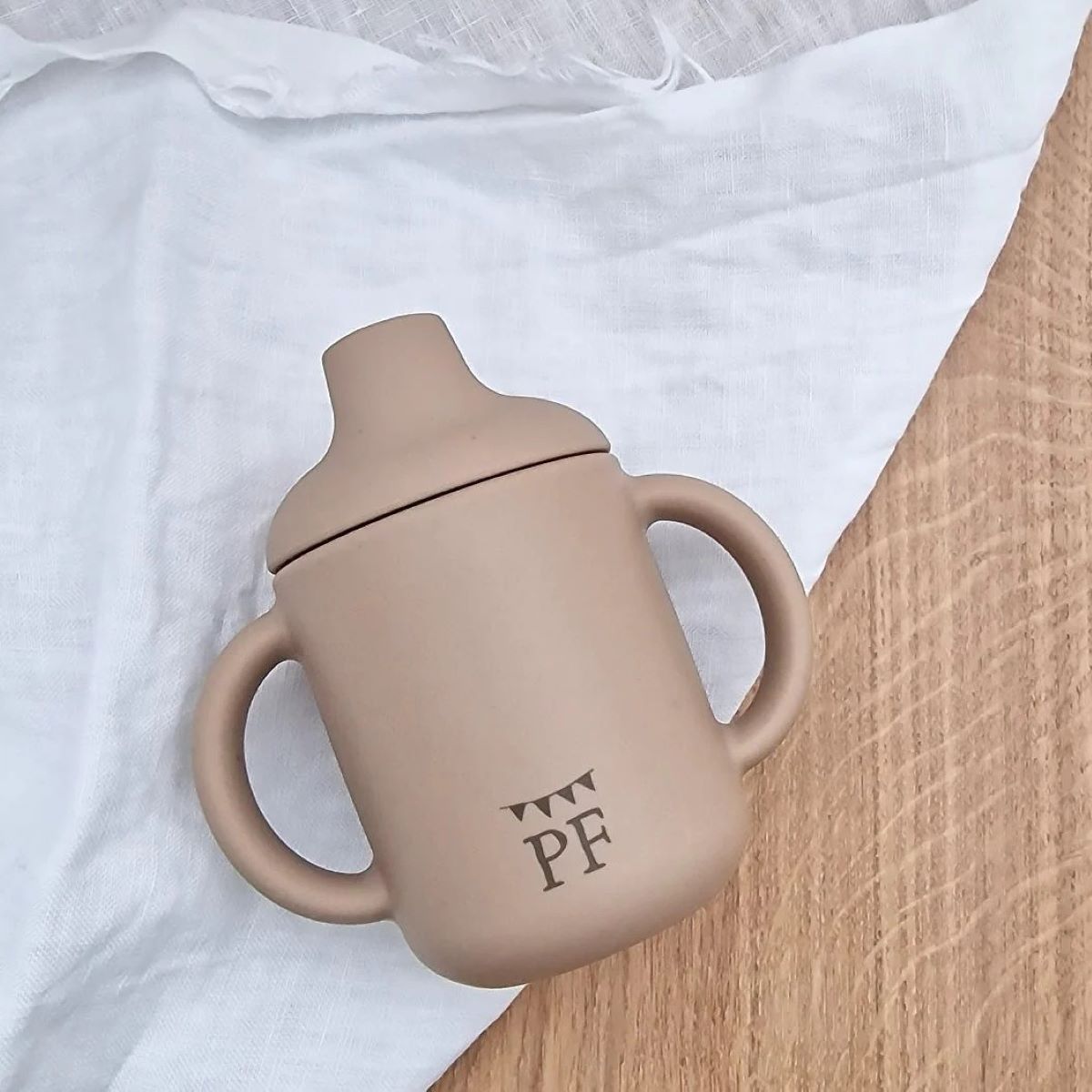
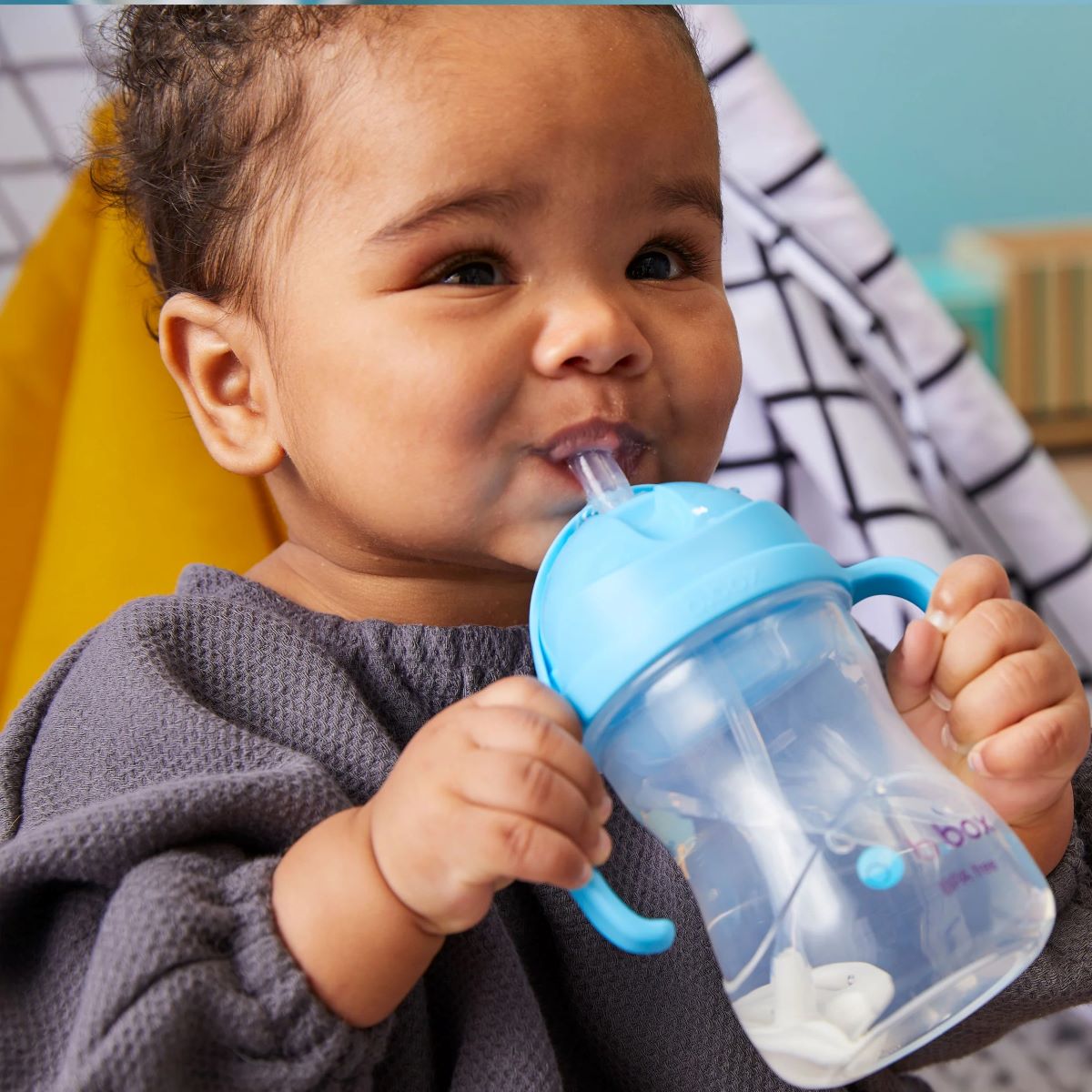
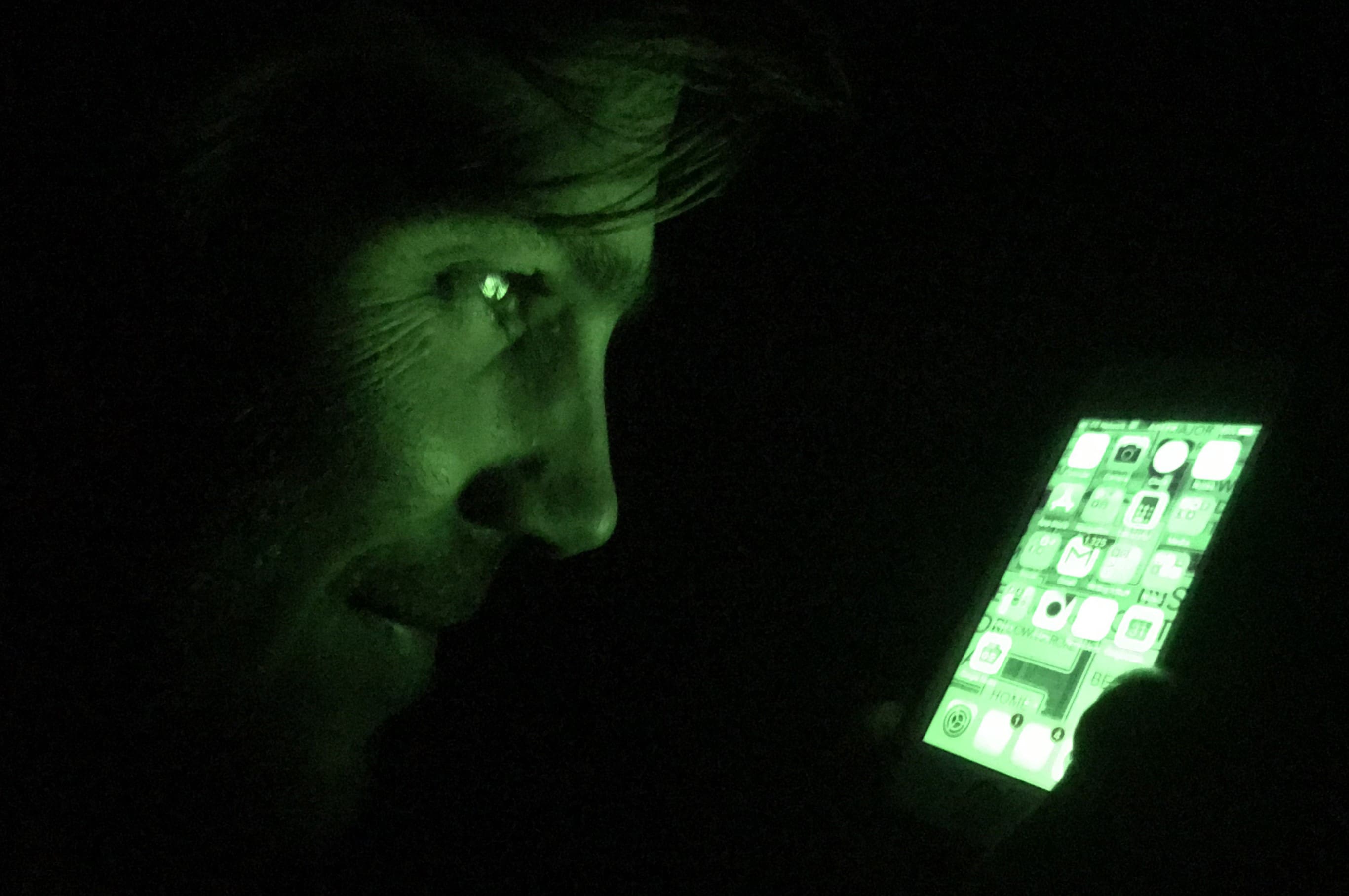


0 thoughts on “How To Get A Toddler Off A Sippy Cup At Night”